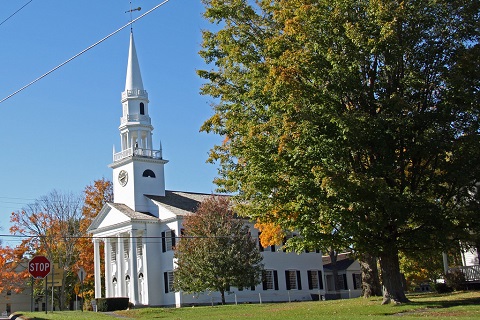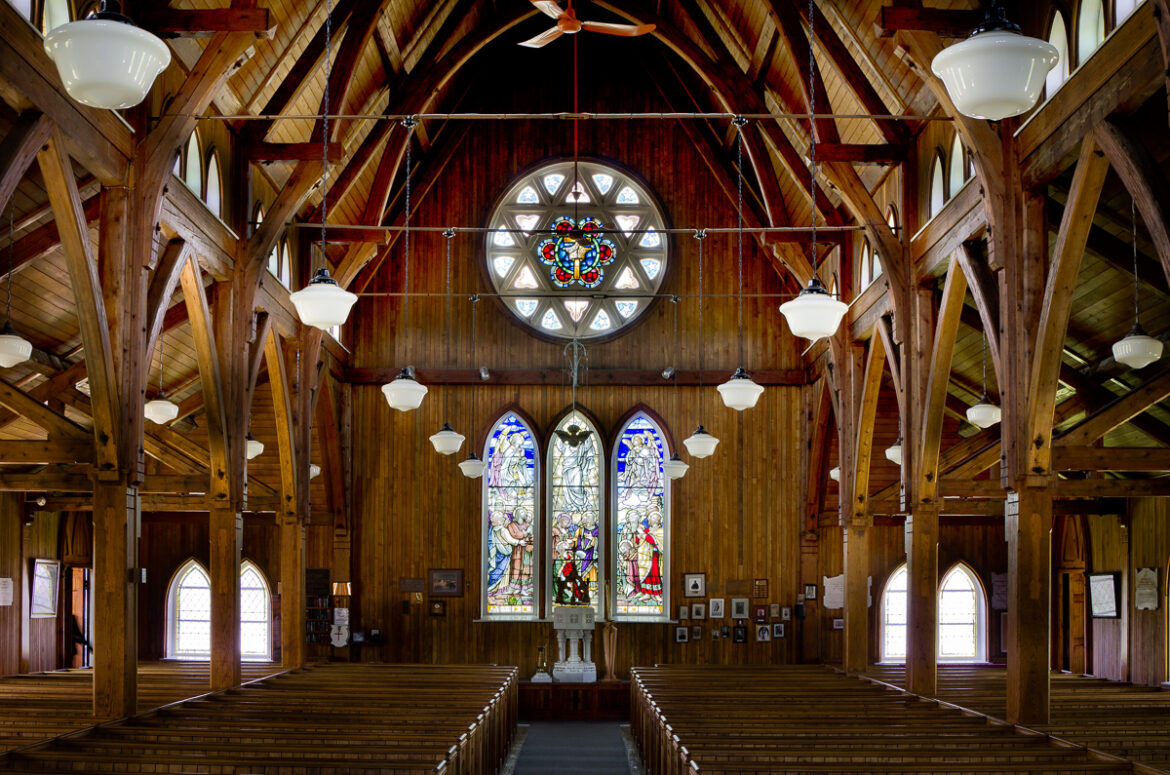New England, with its rich history and cultural tapestry, is home to a myriad of architectural wonders, each telling a story of a bygone era. Among these, the churches stand as silent witnesses to the region’s evolution, reflecting not only the spiritual essence of its communities but also showcasing the evolution of architectural styles. In this exploration, we’ll delve into the three distinct types of church architecture, the unique New England vernacular, and the features that make these structures both sacred and awe-inspiring.
Types of Church Architecture
The ecclesiastical landscape in New England is characterized by three prominent types of church architecture: Colonial, Gothic, and Federal. The Colonial style, reminiscent of early American settlements, features simplicity and practicality. Square or rectangular in shape, these churches often exhibit a central bell tower and minimalistic ornamentation.
On the other end of the spectrum, the Gothic style, inspired by medieval European cathedrals, brings a sense of grandeur and verticality. Pointed arches, ribbed vaults, and flying buttresses are distinctive features, creating an atmosphere of transcendence and spiritual elevation. This style gained popularity in the mid-19th century and left an indelible mark on New England’s architectural heritage.
The Federal style, emerging in the late 18th century, reflects the period’s neoclassical influences. Symmetry, domes, and porticos characterize these churches, echoing the architectural language of the time. As New England evolved, so did its churches, each type offering a unique glimpse into the historical and cultural context of its construction.

For those eager to explore the beauty of New England firsthand, consider using this New England travel guide. Additionally, encourage your young ones to document their travel experiences with the best travel journal for kids.
New England Vernacular Architecture
Embedded within the fabric of New England’s architectural identity is the concept of vernacular architecture. This term refers to the locally inspired, utilitarian designs that emerge organically from the needs and materials available in a particular region. In New England, the vernacular architecture of churches often incorporates elements from Colonial styles, adapting to the rugged landscape and the practical needs of the community.
Wooden clapboard siding, steep gabled roofs, and iconic white facades are common features in New England vernacular church architecture. This adaptive design not only reflects the aesthetics of the region but also captures the essence of the communities it serves, fostering a sense of unity and continuity.
Features of Church Architecture
Church architecture, irrespective of style, shares common features that transcend time and trends. Three integral components include the altar, stained glass windows, and spires.
The altar serves as the focal point of worship, symbolizing the sacred space where spiritual communion takes place. Often adorned with intricate carvings and religious iconography, the altar is a testament to the craftsmanship and devotion invested in its creation.
Stained glass windows, with their kaleidoscope of colors, narrate religious stories and allegories. Beyond their aesthetic appeal, these windows serve as educational tools, illuminating the narratives of faith for congregants. The play of light through these vibrant panes adds a mystical ambiance to the sacred space.
Spires, reaching towards the heavens, embody the verticality and aspirations of the divine. Whether in the simplicity of Colonial bell towers or the elaborate Gothic spires, these structures symbolize the connection between the earthly and the celestial realms, inspiring awe and reverence.
Catholic Church Architecture
In the realm of Catholic church architecture, a predominant style emerges — the Gothic. Influenced by the grand cathedrals of Europe, Catholic churches in New England often boast pointed arches, vaulted ceilings, and intricate statuary. This architectural choice reflects a commitment to the historical roots of Catholicism and an embrace of the awe-inspiring, transcendent qualities inherent in the Gothic style.
New England church architecture is a testament to the region’s historical, cultural, and religious tapestry. The interplay of Colonial simplicity, Gothic grandeur, and Federal elegance, coupled with the adaptive vernacular design, creates a diverse and visually captivating landscape. As we stand before these architectural marvels, we are not only witnessing the craftsmanship of a bygone era but also connecting with the spiritual narratives that have shaped the communities of New England for centuries.
dell learner

